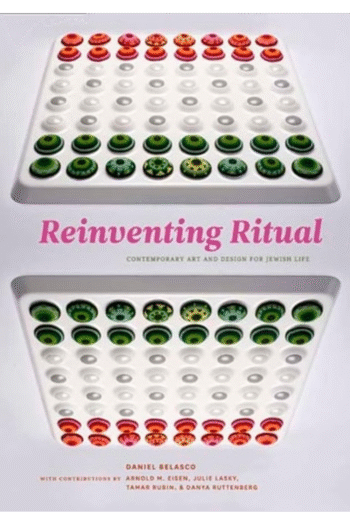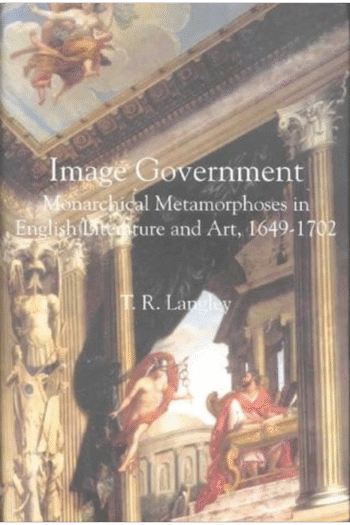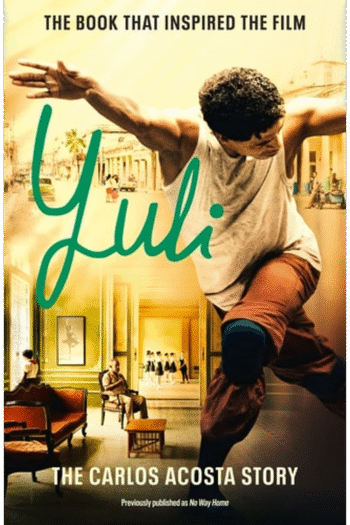Explore the groundbreaking work of Dan Graham with “Dan Graham: The Roof Garden Commission,” a captivating exploration of his 2014 installation at The Metropolitan Museum of Art. Co-authored by Ian Alteveer and Sheena Wagstaff, this illustrated paperback delves into Graham’s signature fusion of architecture, landscape, and social commentary. Discover how Graham’s mirrored pavilions and hedges create immersive spaces that challenge perceptions of privacy, surveillance, and the suburban psyche. Featuring an exclusive interview with the artist, this book offers a focused study of Graham’s landscape-oriented installations and his profound impact on contemporary art. Perfect for art enthusiasts and architecture buffs alike.
Dan Graham: The Roof Garden Commission
19,85 $
In stock
The artist Dan Graham (b. 1942) has a wide-ranging practice that encompasses writing, performance art, installation, video, photography, and architecture. Throughout his career, Graham has examined the symbiosis between architectural environments and their inhabitants, particularly in his pavilions made of glass and mirrors.
His new installation, created for the roof garden of The Metropolitan Museum of Art, addresses current issues about suburban psychology and political surveillance. Grahams work combines landscaping, hedges, and two-way mirrors to create a provocative, immersive experience for viewers. This creatively designed publication includes an insightful interview between the artist and Sheena Wagstaff and focuses not only on Grahams latest commission but also on his previous landscape-oriented installations, providing a focused, fascinating study of one of todays leading contemporary artists.
Published by The Metropolitan Museum of Art/Distributed by Yale University Press
Exhibition Schedule:
The Metropolitan Museum of Art
(04/28/1411/02/14)
| Authors | |
|---|---|
| Binding | |
| Condition | |
| ISBN-10 | 0300208758 |
| ISBN-13 | 9780300208757 |
| Language | |
| Pages | 64 |
| Publisher | |
| Year published | |
| Weight | 127 |
| Edition | Illustrated |
- Additional information
- Currencies
- USD – United States dollar
- EUR – Euro
- GBP – Pound sterling
- CNY – Chinese yuan
- BRL – Brazilian real
- MXN – Mexican peso
- JPY – Japanese yen
- PHP – Philippine peso
- THB – Thai baht
- PLN – Polish złoty
- CAD – Canadian dollar
- MYR – Malaysian ringgit
- AUD – Australian dollar
- TWD – New Taiwan dollar
- CZK – Czech koruna
- SEK – Swedish krona
- HUF – Hungarian forint
- ILS – Israeli new shekel
- CHF – Swiss franc
- HKD – Hong Kong dollar
- DKK – Danish krone
- SGD – Singapore dollar
- NOK – Norwegian krone
- NZD – New Zealand dollar





